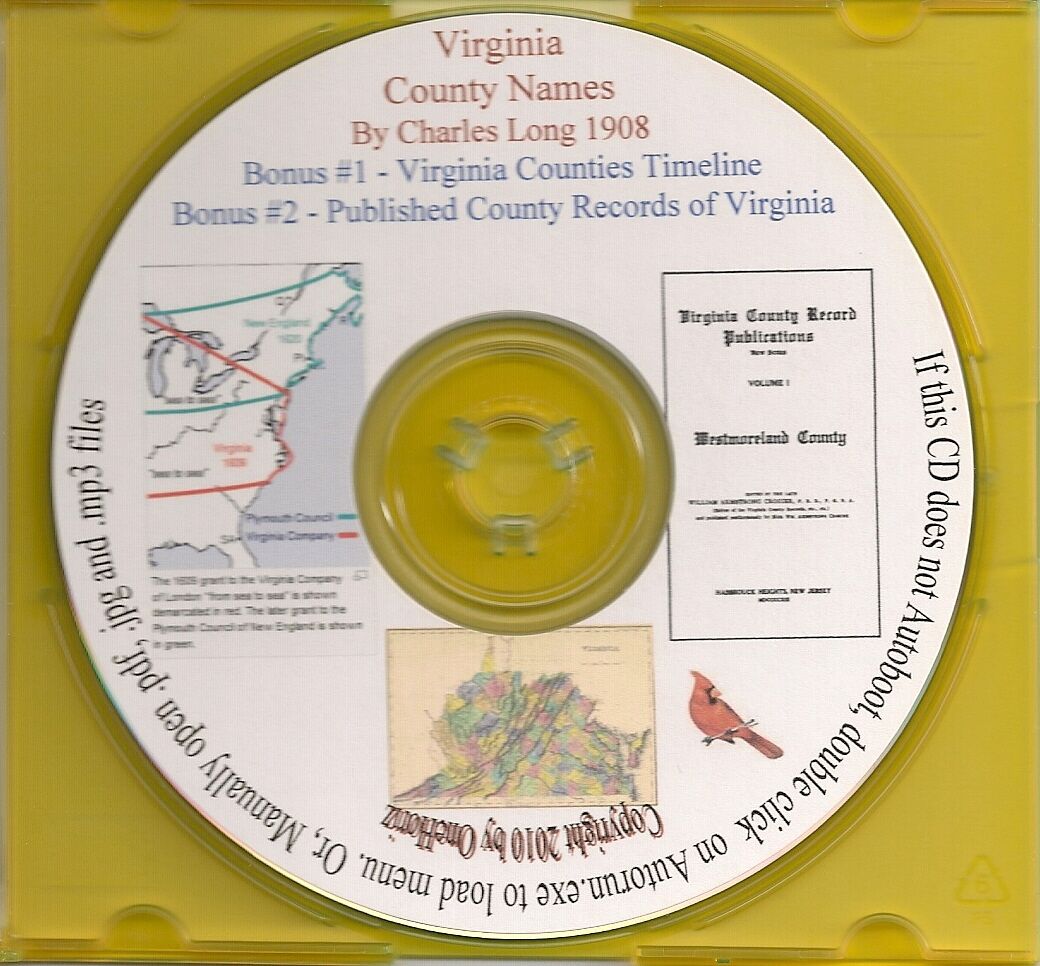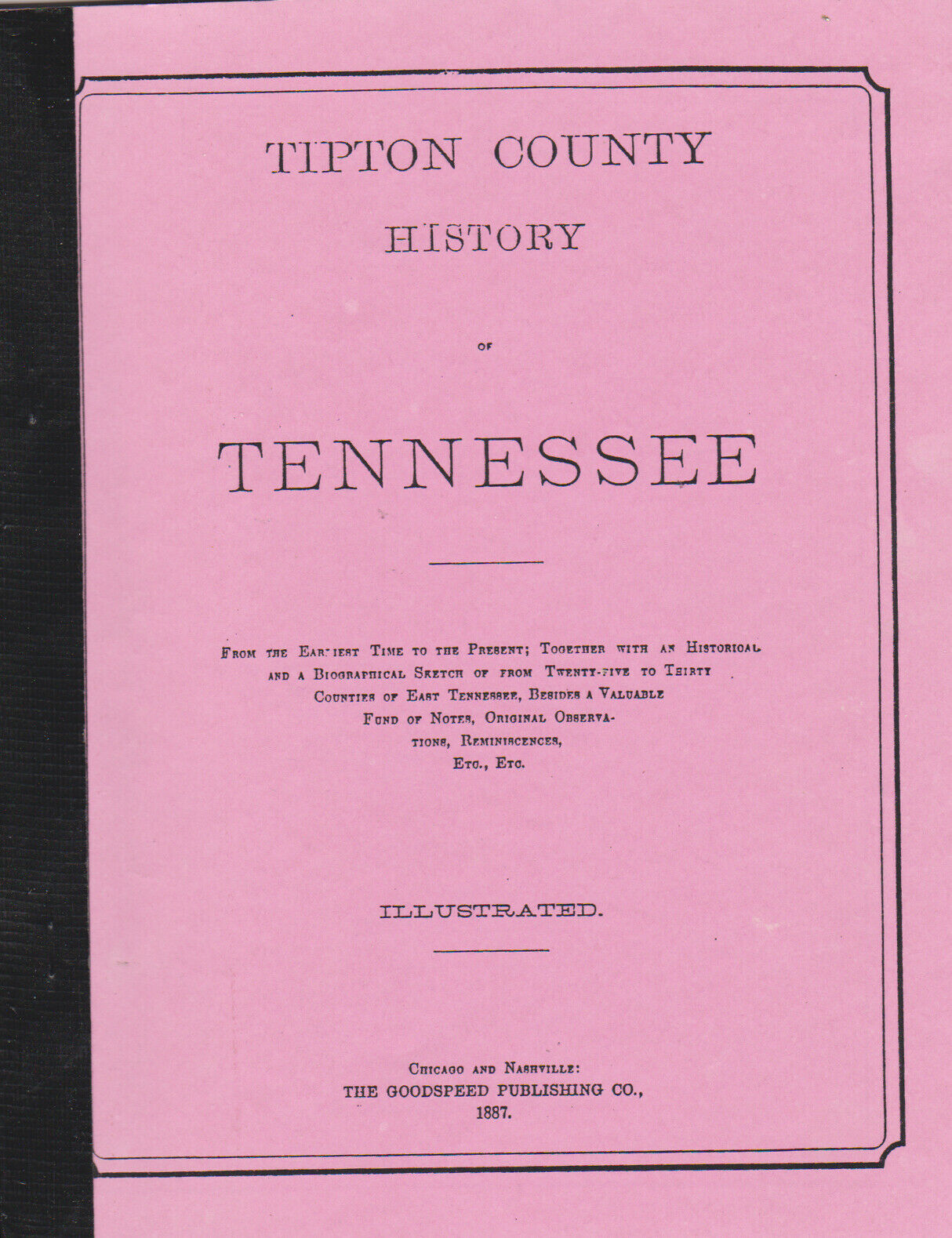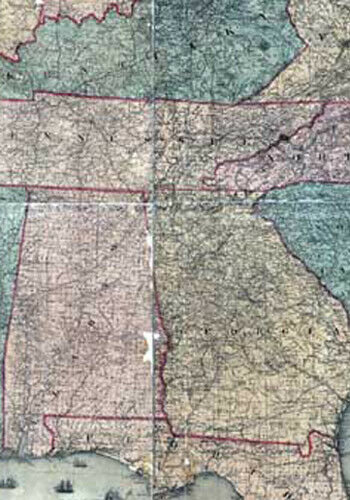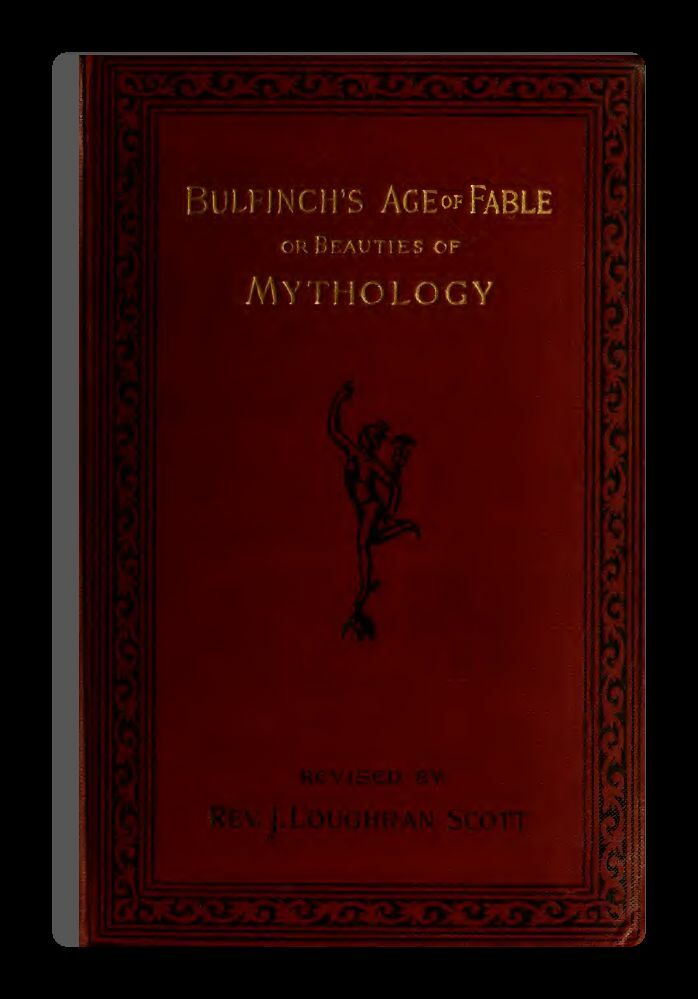-40%
Howe's History of Virginia VA - Tidewater GENEALOGY
$ 5.28
- Description
- Size Guide
Description
Historical Collection Of Virginia: Tidewater85 Pages, Illustrations, Softcover, New Condition
The following counties are covered in
Tidewater
:
Charles City
Elizabeth City
Essex
Gloucester
Isle of Wight
James City
King & Queen
King William
Lancaster
Mathews
Middlesex
Nansemond
New Kent
Norfolk
Northampton
Northumberland
Prince George
Princess Anne
Richmond
Southampton
Surry
Sessex
Warrick
Westmoreland
York
Packed with information, this reprint begins with a table showing the relative agricultural, manufacturing, and mercantile weath of the various counties. There are columns for cattle, sheep, swine, wheat, rye, Indian corn, oats, potatoes, etc. It continues with a brief synopsis of each county and sketches on early pioneers.
History Excerpt
Alleghany was formed in 1822, from Bath, Bottetourt, and Monroe. Its mean length is twenty-six, mean breadth twenty miles. Most of the county is a high mountain valley, drained by the head waters of the James. The main Alleghany chain forms its boundary on the west; Peter's mountain and Warm Spring mountain divide the county into two nearly equal parts, having only a narrow gap at Covington, and the Middle Mountain and Rich Patch form its southeastern boundary. The passage of Jackson's River through Waite's mountain, is a sublime feature of the nature scenery of the county. Population in 1830, 2,816; 1840, whites 2,142, slaves 547, free colored 607, total 2,749.
Sketch Excerpt
Peter's Mountain
derived its name from Peter Wright, a famous hunter at the time of the first settlement, who was accustomed to hunt upon it. He resided near the present site of Covington. Near the house of Mr. John Lewis, there is, on the roadside, a large shelving rock, called Peter's Rock, where, says tradition, he sought shelter in a snow storm. There he lay for several days, until the snow was four feet deep, when he was obligated to eat his moccasins to prevent starving. He at length discovered and shot a deer, which furnished him with food. He left, at his death, two sons, both of whom emigrated to the west many years since.
Powered by SixBit's eCommerce Solution








